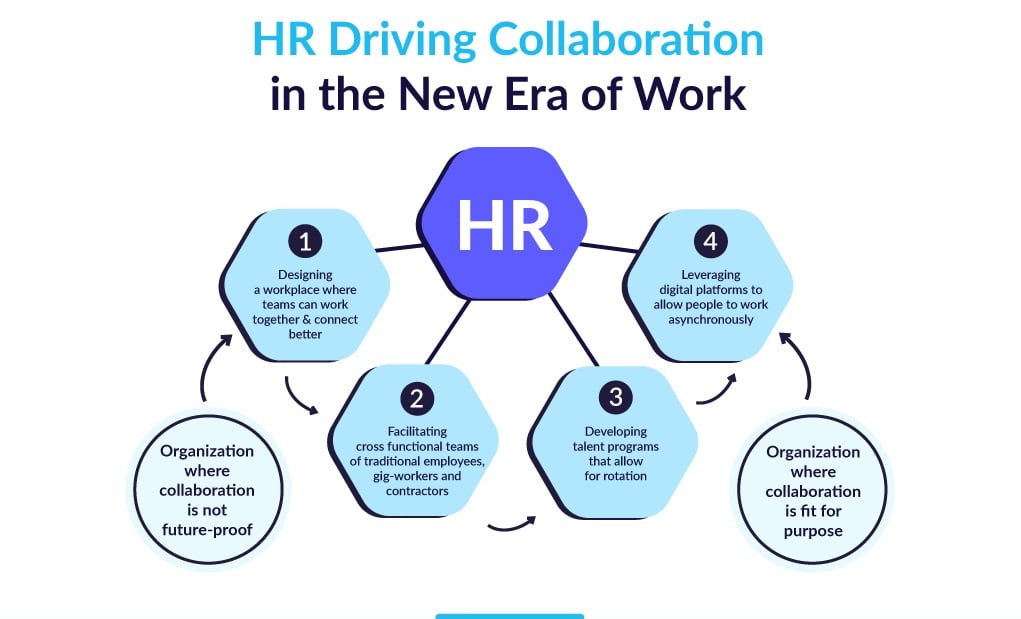Introduction to Human Capital Management
Human capital management (HCM) encompasses a range of practices designed to acquire, train, manage, and retain employees. Effective human capital management strategies can significantly enhance overall organizational performance. Organizations worldwide recognize the value of a well-structured HCM approach, which focuses on hiring the right talent and ensures their continued growth within the company. Employees are often considered an organization’s most valuable asset, and managing them effectively can lead to higher productivity, better morale, and reduced turnover.
Given the importance of employees as a major asset, HCM aims to align people’s practices with the organization’s strategic goals. This involves a holistic approach to managing employees, from recruitment through retirement, ensuring they remain motivated and productive throughout their tenure. Creating a work environment that fosters personal growth and continual progress is the ultimate goal of HCM, as it will ultimately benefit the firm and its people.
Recruitment and Onboarding Best Practices
Effective Recruitment
The foundation of human capital management starts with effective recruitment processes. Tools such as applicant tracking systems and social media platforms can help identify and attract top talent. Recruiters can tap into a global talent pool by using online job boards and professional networks such as LinkedIn. Additionally, crafting clear and compelling job descriptions can ensure that candidates understand the role and its requirements. A detailed job description is the first touchpoint between the organization and potential employees, setting accurate expectations and attracting the right candidates.
Smooth Onboarding
Once the right talent is acquired, a seamless onboarding process is crucial. A comprehensive onboarding program helps new hires acclimate to the company culture and understand their roles and responsibilities, leading to faster productivity and job satisfaction. Onboarding should include compliance and role-specific training and social integration activities that help new employees build relationships within the organization. According to a Society for Human Resource Management (SHRM) study, effective onboarding can improve new hire retention by 82% and productivity by over 70%.
Employee Engagement and Retention
Fostering Engagement
Employee engagement is critical for retention and organizational success. Engaged employees are more productive and less likely to leave the company. Strategies such as regular communication, recognizing achievements, and providing growth opportunities can keep employees motivated. Engagement initiatives could include employee recognition programs, regular town hall meetings, and opportunities for team-building activities. Employees who are engaged in their work are more dedicated to it and will go above and beyond to accomplish company objectives.
Retention Strategies
Retention strategies need to be robust and multi-faceted. Offering competitive compensation, benefits, and career development opportunities is key. Regular employee surveys can also provide insights into areas of improvement, helping organizations address concerns before they escalate. Providing flexible working arrangements, fostering an inclusive workplace culture, and offering career advancement prospects can also help retain top talent. According to a Gallup survey, companies with high employee engagement levels outperform others by 147% in earnings per share.
Learning and Development Programs
Continuous learning and development are vital for both employee growth and organizational advancement. Companies can implement various programs, including workshops, e-learning platforms, and mentorship opportunities, to foster a culture of continuous improvement. Investing in employee development enhances their skills and boosts morale and job satisfaction. Many organizations are creating tailored learning paths for their employees, allowing them to gain expertise in areas of interest.
Providing employees with opportunities for skill enhancement benefits their personal growth and keeps the workforce innovative and competitive, ensuring the organization can adapt to changing market demands. According to LinkedIn’s Workplace Learning Report, 94% of employees would stay at a company longer if it invested in their learning and development.
Performance Management and Feedback
Regular performance reviews and constructive feedback are essential components of effective human capital management. These processes help align individual performance with organizational goals, providing clarity on expectations and areas for improvement. Performance management should be a continuous process rather than yearly, with regular check-ins and goal-setting discussions between managers and employees. Utilizing structured performance review phrases can ensure feedback is constructive, consistent, and easy to understand.
Frequent feedback also fosters a culture of open communication and continuous development, encouraging employees to participate actively in their professional growth. Using 360-degree feedback mechanisms can provide well-rounded insights into employee performance, helping in their holistic development. According to a study by McKinsey, organizations with strong talent management practices achieve 18% higher earnings per share on average.
Leveraging Technology in Human Capital Management
Technology plays a pivotal role in modern HCM practices. Utilizing tools like HR software and performance management software can significantly streamline processes, improve data accuracy, and free up HR professionals to focus on strategic initiatives. From recruitment to performance management, technology can enhance efficiency and provide valuable insights through data analytics, enabling better decision-making.
HR technology solutions can include systems for applicant tracking, employee onboarding, performance management, and learning management. These tools help standardize HR processes, reduce manual errors, and ensure compliance with regulatory requirements. Advanced technologies such as artificial intelligence and machine learning are also being employed to predict employee turnover and identify trends in workforce data.
Data-Driven Decision Making
Incorporating data analytics into HCM can offer profound insights into workforce trends and behaviors. By utilizing data, organizations can make informed decisions that optimize hiring, management, and retention strategies. Metrics like performance measures, engagement ratings, and staff attrition rates can offer useful information about how well HCM procedures are working.
Data-driven decision-making ensures that strategies are based on empirical evidence rather than intuition, leading to more precise and effective outcomes. For example, predictive analytics can help identify employees at risk of leaving, allowing managers to take proactive measures to retain them. Organizations that leverage data analytics in their HCM practices are better equipped to identify gaps, allocate resources effectively, and drive overall business growth.
The Future of Human Capital Management
The future of HCM is ever-evolving, with continuous advancements in technology and changes in workforce dynamics. Keeping abreast of emerging trends and innovations can help organizations adapt and thrive. Future trends may include:
- An increased reliance on remote work.
- The use of AI for talent acquisition and management.
- A greater focus on employee well-being and mental health.
By anticipating future trends and proactively adjusting strategies, organizations can ensure they remain competitive in managing their human capital effectively, ultimately driving long-term success. A flexible and adaptable strategy for human capital management (HCM) is essential for managing the possibilities and risks associated with the changing nature of the labor market.



